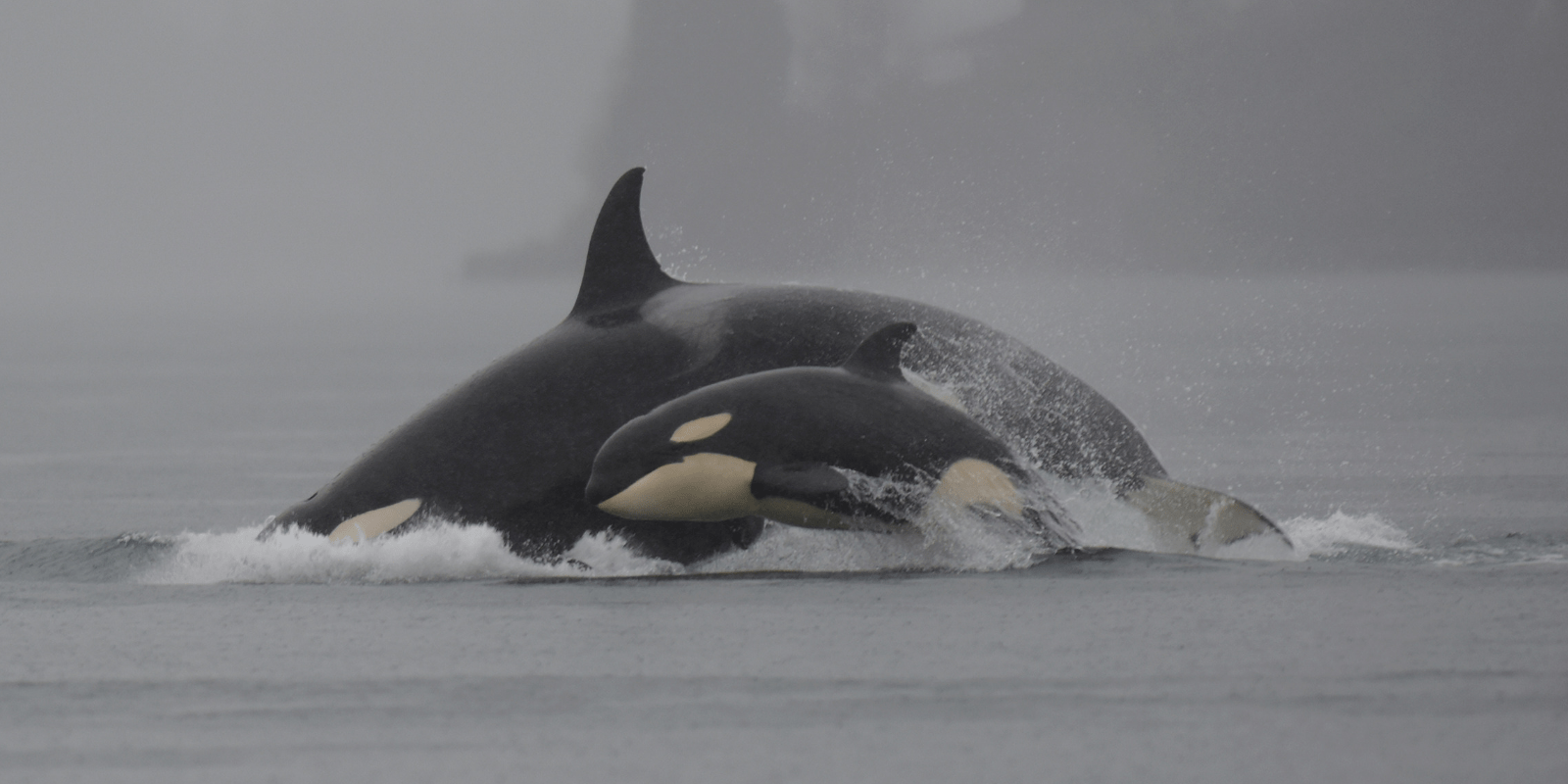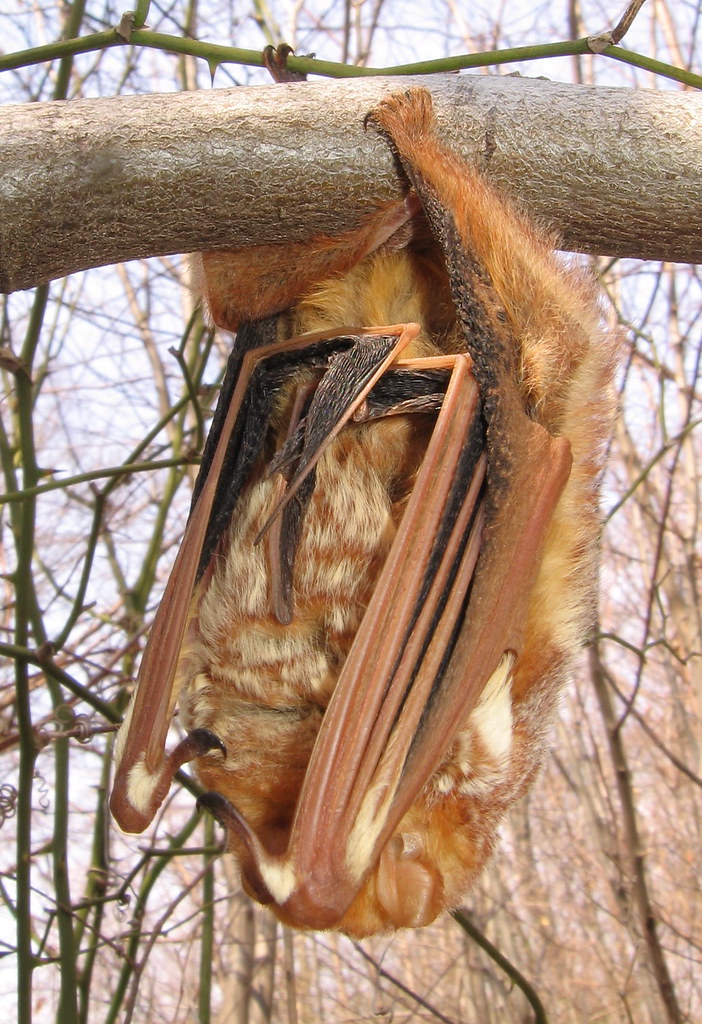We have much more to do and your continued support is needed now more than ever.
Can We All Agree? A Baby Orca Needs to Eat
Let’s commit to save a living national treasure from starvation

Whoop whoop! It’s a headline we’ve all been hoping for: New calf spotted among Puget Sound’s critically endangered killer whales. Along with the story is the photo of our unexpected newborn. It’s surfacing, swimming through the waves and bouncing with life.
This newsbreak is a bright spot in a series of heartbreaking dispatches chronicling the heartbreaking struggle of the Southern Resident orca. The news story peaked last summer and fall with the death of two whales, a newborn calf among them. It marked a critical loss to an endangered group that was once 98 strong. Now, if this calf survives, there will be just 75 left. Why? These killer whales are trapped at the deadly intersection of pollution, noisy boat traffic and—most importantly—lack of food. The once robust spring Chinook salmon runs from the Columbia River basin, on which these orca thrive, are also critically endangered.
Last August, we bore witness to an unprecedented event. Having lost her newborn, a clearly mourning mother orca—J-35, aka Tahlequah—carried her lifeless calf in a watery “tour of grief” through the Salish Sea for 17 days. We followed her journey as helpless observers, transfixed and stunned, all told, for a distance of more than 1000 miles.
The scale of this tragedy didn’t escape The New York Times end-of-year recap, “The Lives They Lived.” Among the world’s notable thinkers, artists, writers, etc. who passed in 2018, we learned of the very short life of a nameless, newborn female orca.
The essay poignantly captured the miracle of a marine mammal’s birth in exacting detail: a tiny whale, whooshing its way into a watery world, tail first, pushing to the surface, to the sky, for air. The female calf brought with it great hope for a population rebound, which would only deepened our collective sense of loss when it quickly lost its fight for life.
Yet perhaps the most important point this essay captured is the meaning these creatures hold for us. They are the iconic wildlife of our Northwest coastal communities, but they represent more than a local or regional interest. They are a living national treasure. And their possible extinction, in tandem with the food they need to survive, puts the fragility of our planet, and our existence on it, into finer focus.
Now, with this new baby orca in our waters, we urgently need to put our heads together. Because to thrive, both mother and baby need nourishment. They need to eat! The solution to more food, while complicated, is possible. However it must be prioritized, for this new calf arrives against a drumbeat of bad news for the Southern Residents. Tahlequah shows signs of decline and one leading orca scientist has predicted she may not survive to summer, along with another podmate.
From the mountains, to the rivers to Puget Sound and the Salish Sea, we too, like this newborn orca, depend on a healthy ecosystem. We are interconnected. So let’s connect the dots. We can no longer just bear witness. We must pay attention and take action. This baby whale, which offers us hope, demands we do more. It’s hungry.
Take Action About our guest author: Jacqueline Koch is the founder of Seattle-based Boost! Collective. From global health and disruptive innovation to energy and environmental security—Jacqueline has worked with a variety of national and international organizations.
About our guest author: Jacqueline Koch is the founder of Seattle-based Boost! Collective. From global health and disruptive innovation to energy and environmental security—Jacqueline has worked with a variety of national and international organizations.





















